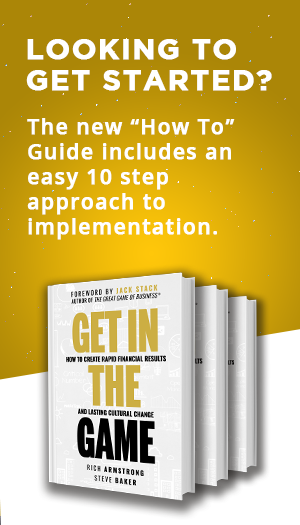As you know, there are a lot of “moving parts” in the day-to-day management of a business. Between dealing with people, improving profitability, tracking inbound and outbound flows and financial reporting, you may not have much time to think about your company’s ownership mix. Whether there is a single owner or multiple owners, made up of family members or not, sooner or later the topic of ownership transition may come up. When it does, it can be a stressful conversation. However, it is a conversation that is ultimately inevitable. There are any number of reasons why business owners decide it’s time to consider who the next owners of their business should be, whether the successors are family, managers, employees or a third party. All companies, however, ultimately go through an ownership transition process. The issue is whether it is planned for or an after-the-fact reaction to something. What our experience tells us is that proactive planning for ownership transition leads to outcomes that are almost always more satisfying. Time is the valuable commodity in transition planning. The more time you have the better things will be.
Read More
High-Involvement Planning™, or ‘H.I.P.’, has been critical to SRC’s sustainability of The Game and its long-term financial success. H.I.P. has kept us focused and committed to The Game, primarily because it keeps it fresh and exciting by changing things up, year after year. It redefines our Game each year, with new Critical Numbers™, new financial targets, new challenges to conquer, and new goals to achieve. H.I.P. is also where we leverage the business know-how we have worked so hard to create. We use the collective knowledge of our team to raise our level of thinking from 90-day MiniGames™, to annual bonus plans, to 5 and 10-year visions for the company. The result of High-Involvement Planning is a vision—and a specific plan to achieve the vision.
Read More
Liquidity options are plentiful for business owners: strategic sale, private equity, management buyout, family transfer, and leveraged recapitalization. Which path should you take? We know that 42% of the 2021 Great Game™ All-Star companies and many others walked a different path—implementing an Employee Stock Ownership Plan (ESOP). Apart from the fact that ESOPs can be a great exit strategy for open-book companies, here are the top five reasons why open-book management companies should consider an ESOP.
Read More
Top Six Great Game No-Nos: What NOT to do if you (really) want to play The Game During the time that we’ve been helping others implement The Great Game of Business, we’ve seen the ups and downs and are often surprised by the number of people who are “fair-weather Great Gamers”, meaning they have passion and intent to play The Great Game of Business®, but are missing the mark in one or more areas. Here are the top six (because five just wasn’t enough) Great Game No-nos:
Read More
The real crisis organizations face is a shortage of employees capable of thinking critically and making tough decisions. The writing was on the wall for everyone to see. There’s a mass exodus underway in the workforce as some 10,000 Baby Boomers turn 65 every single day. The result is that the number of Boomers in the workforce has dropped by 2.2 million every year since 2010—or an average of 5,900 people a day. That leak won’t stop anytime soon since by 2030, all Baby Boomers will be 65. The problem is that plenty of people missed the signs of this trend—and now they’re paying the price as the number of openings exceeds the number of available workers willing to apply for new jobs. The challenge is exacerbated for those companies looking to hire for specific skillsets.
Read More
In 2018, the executives at banking giant Wells Fargo issued a new strategy for their business: the overall goal was to create long-term banking relationships with their customers. And to measure how well the company was executing on that strategy, they began tracking “cross-selling.” In other words, employees would be measured, and rewarded, based on the number of different accounts—from deposits and credit cards to auto loans and mortgages—a customer opened with the bank. The CEO at the time even coined a slogan: “eight is great” to illustrate the optimum number of accounts a customer might have with the bank. On paper, you could argue that the more accounts a customer had would likely equate with a longer-term relationship with the bank. But, if you’ve been paying attention to the news for the past few years, you know that things went spectacularly wrong.
Read More
For nearly four decades, SRC has been perfecting its approach to strategic planning, and every year it keeps getting better. Here’s the proven step-by-step approach to building good, accurate plans employees love to execute. People Support what they help to create. That is why at SRC and The Great Game of Business®, building a strategic plan is about involving ALL employees in the planning process. That means planning is a year-round event, and it begins with what’s happening in the real world. Twice a year, in June and October, SRC brings the marketplace to its people so they can accomplish two goals: Develop business-growth plans they can own. Help employees answer the questions: Are we confident and energized about the direction of the company? Having a strategic plan is more than putting on paper what you plan on doing over the next year. It is about setting a strategy, building a plan, dealing with market changes, and most importantly, enabling everybody to contribute. This is what we at The Great Game of Business call High-Involvement Planning™. Big picture — High-Involvement Planning can be broke down into clarifying your strategy and building your plan. If you zoom in, you will see that there are really ten steps to having a successful strategic plan.
Read More
Unfortunately, it’s not just decades-old companies that hoard information or run out of cash. It happens to companies of all shapes and sizes every day. And sometimes they’re even being told it’s good for their business. If that sounds crazy to you, you’re right. It’s crazy. And what about schools and innovation centers that teach a generation of young entrepreneurs what they need to do to succeed but don’t include classes on managing cash?
Read More
Planning is the pinnacle for any business. Without goals and plans to attain those goals, your company will struggle to grow and improve. In fact, a study published in the Journal of Management Studies stated that although businesses can find success without planning, companies with a plan grow 30 times faster than those who do not have one. Springfield Remanufacturing Corporation (SRC) is well-known for its High-Involvement Planning™ structure. Using this structure, all SRC divisions develop their strategic plans and come together as a collective organization—involving everyone in the company, from hourly employees to management, in the planning process. While it might seem extensive, this process proves an integral component of our open-book management structure. Over the years, educating, empowering, and engaging everyone at all levels in the business has repeatedly generated positive results. SRC uses four types of planning that translate directly into our sustainable business success. Let’s dig deeper into each of these four key types of planning:
Read More
Right from their rocky start in 1983 (who else starts a business with an 89-to-1 debt-to-equity ratio in the middle of a recession?), Jack Stack and the team at SRC started planning ahead. Not just for the next day, week, or month. Or even for the next year. For their entire history as a business—which has grown from a single factory into a collection of ten businesses and 1,800 associates—SRC has been planning ahead for a decade at a time.
Read More

.png)



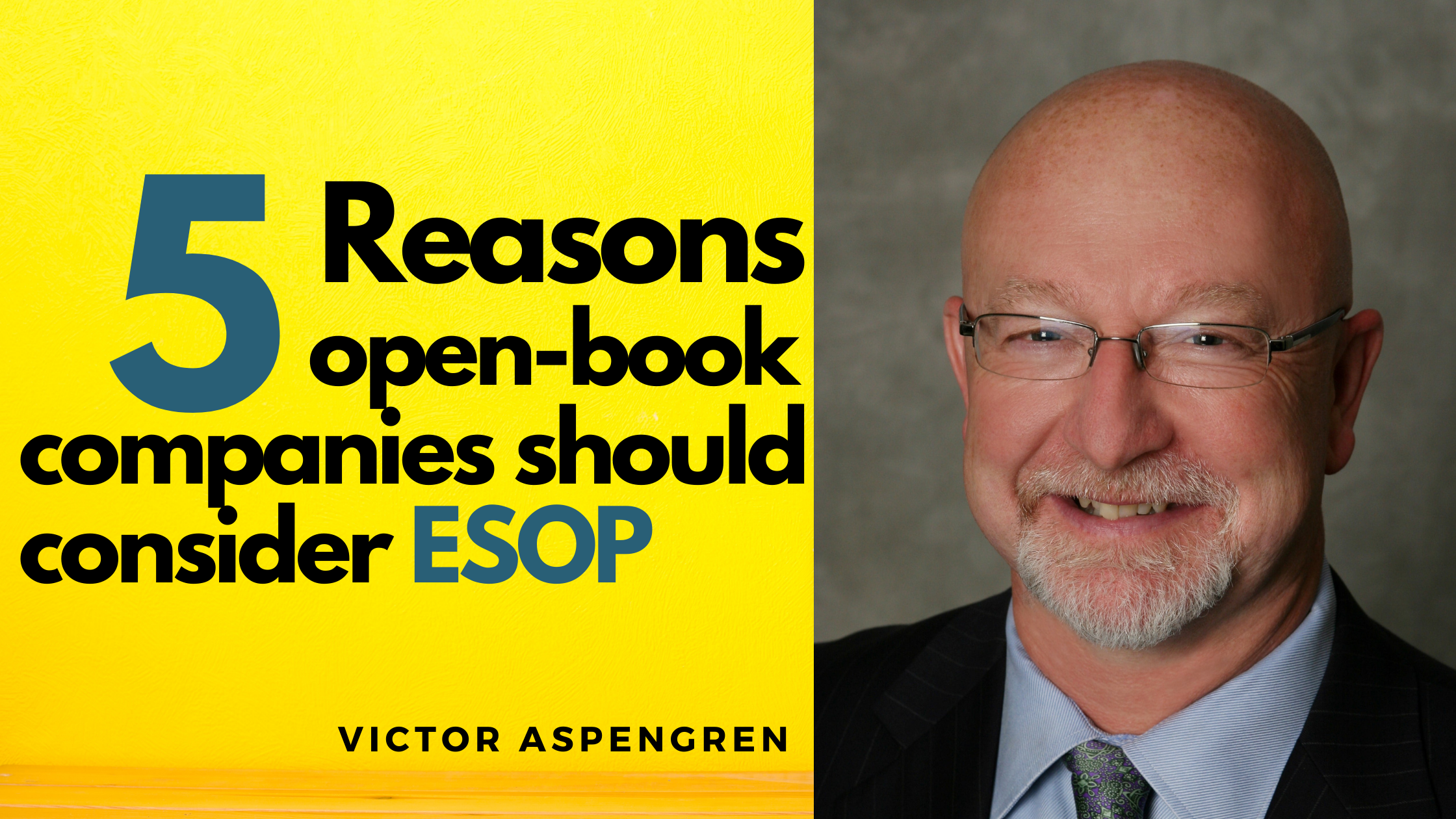
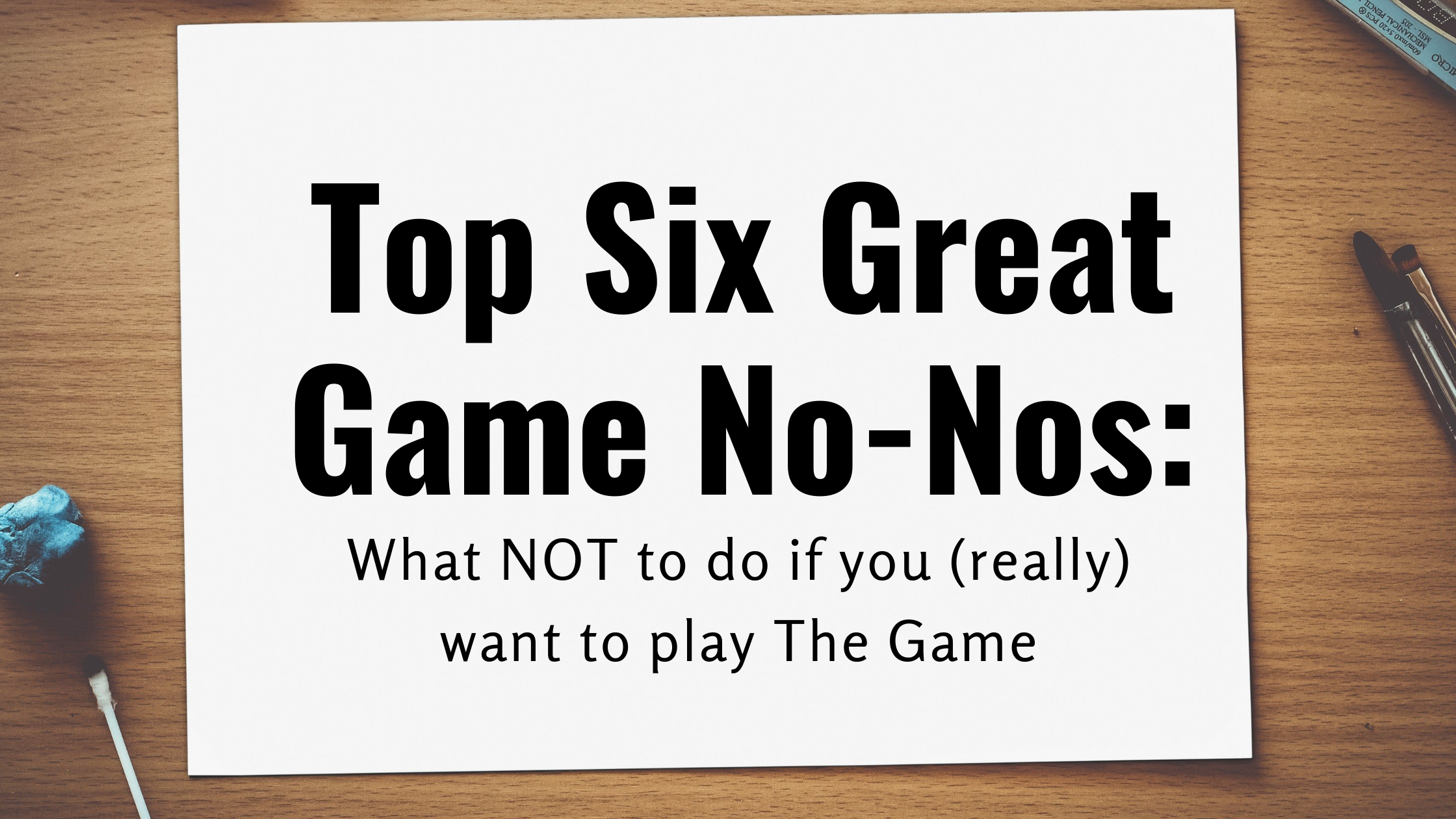
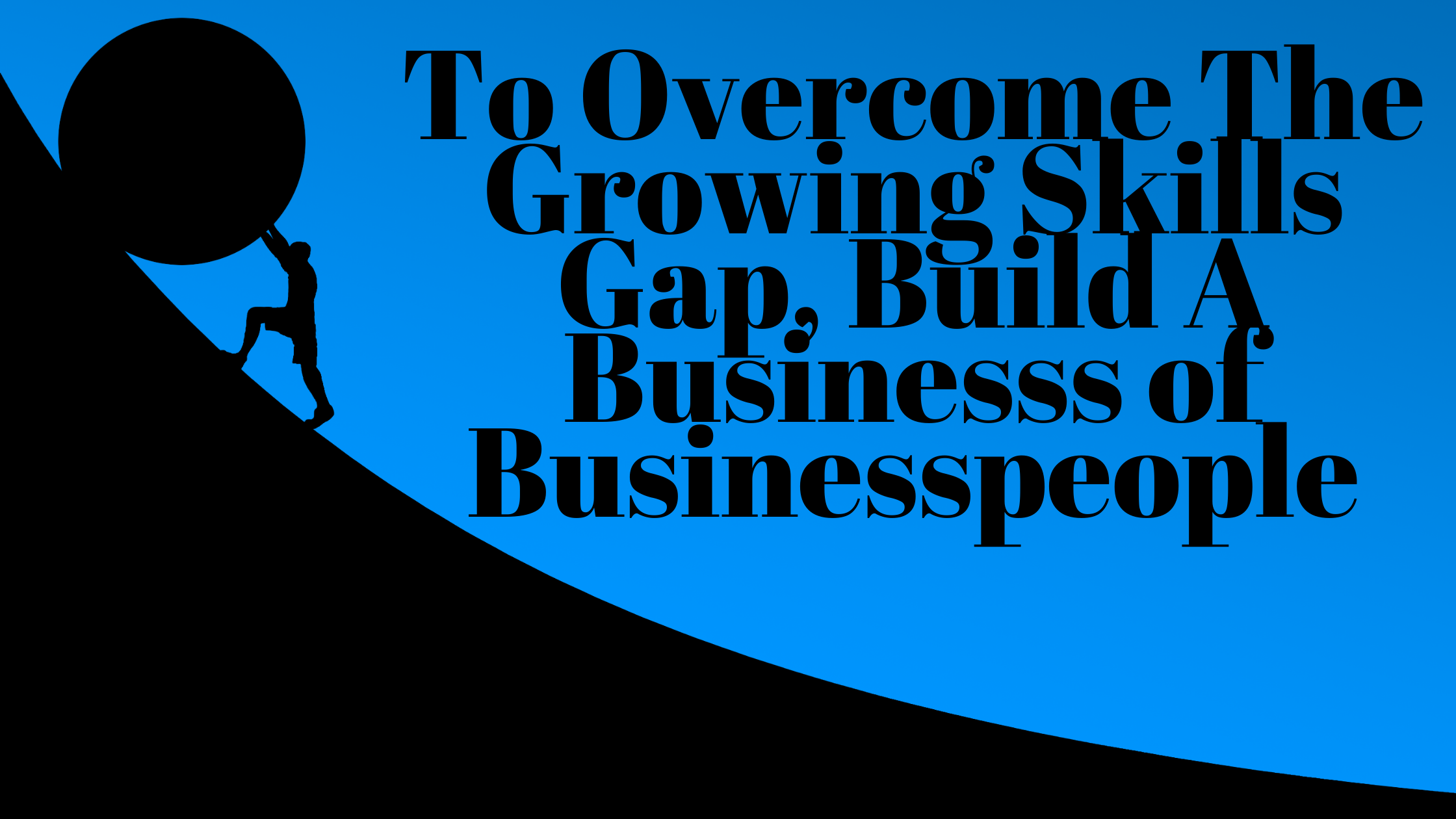



-1.png)




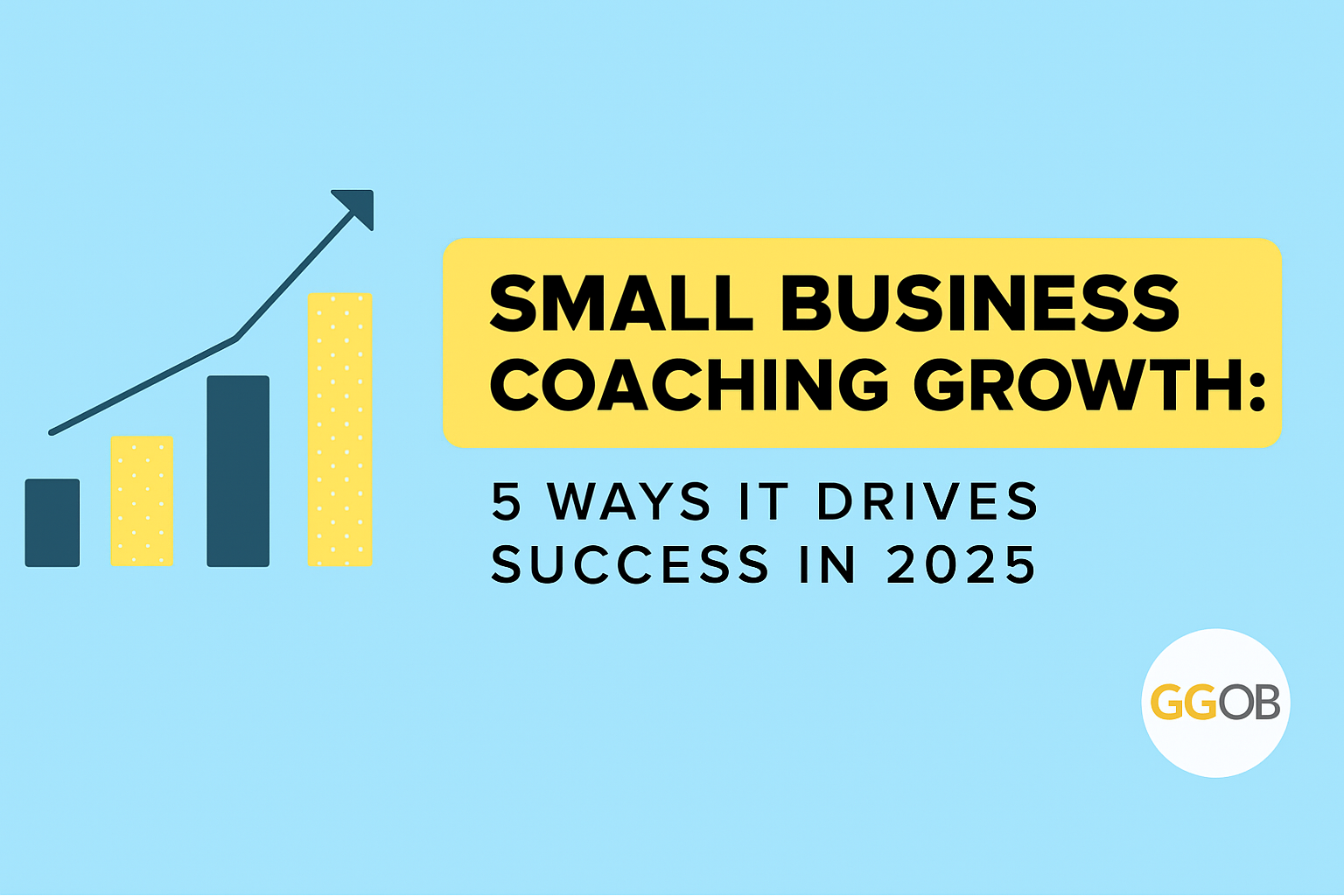
.png)
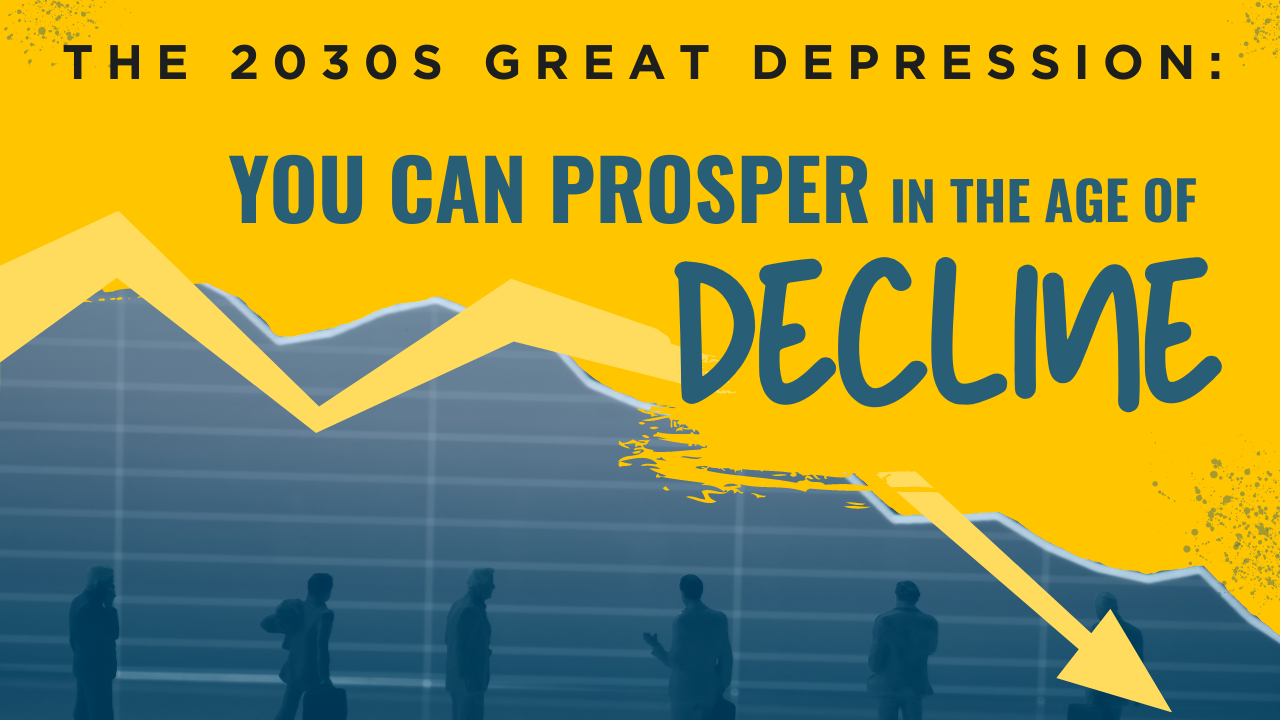



-5.png)
